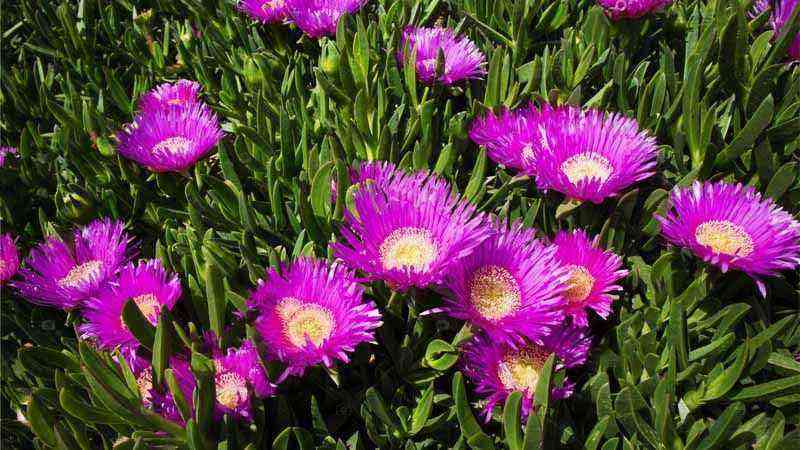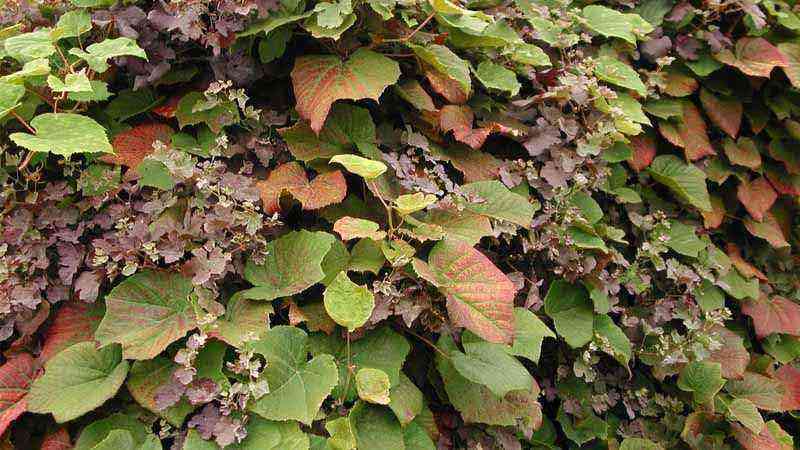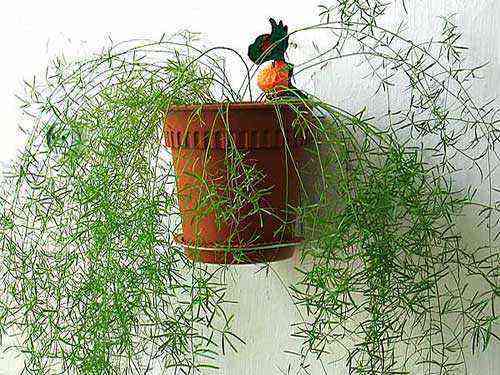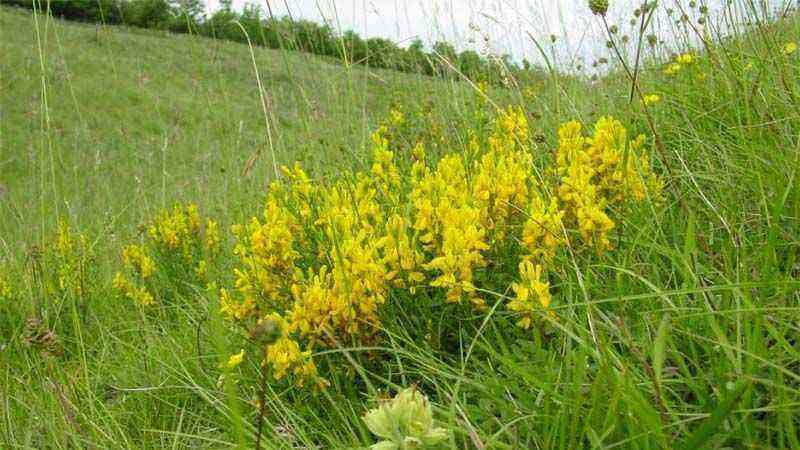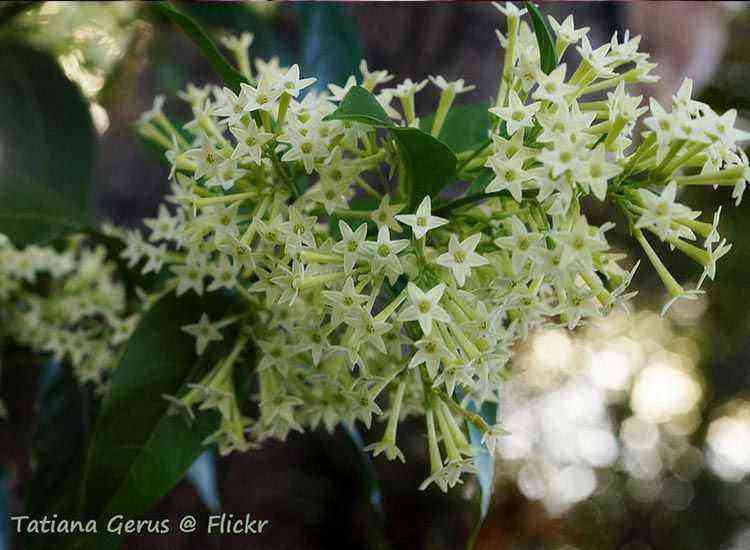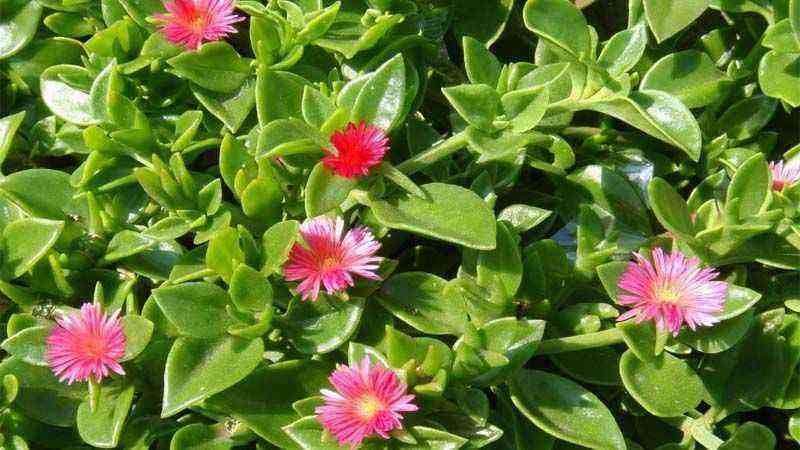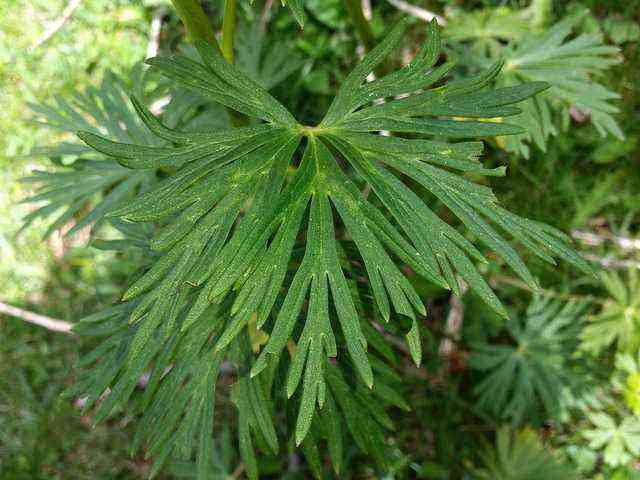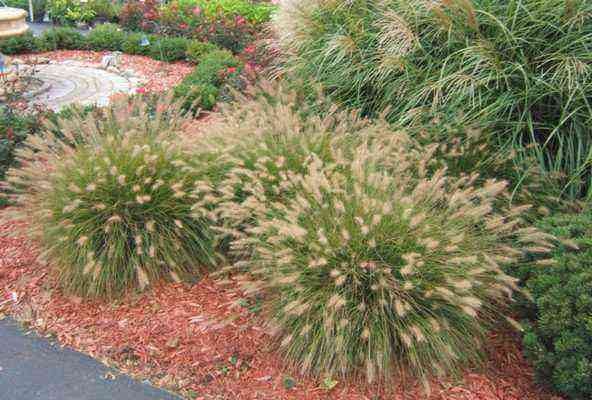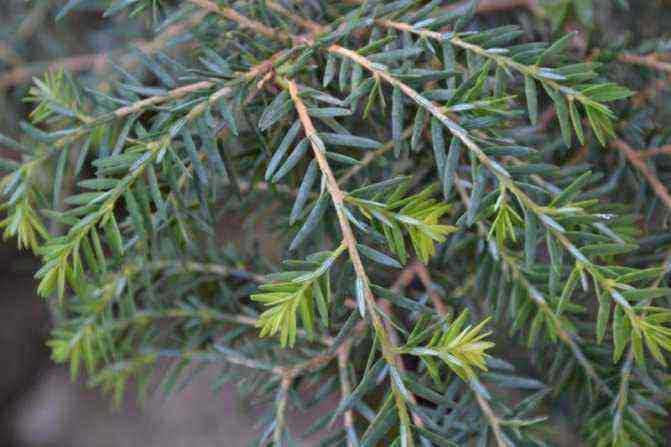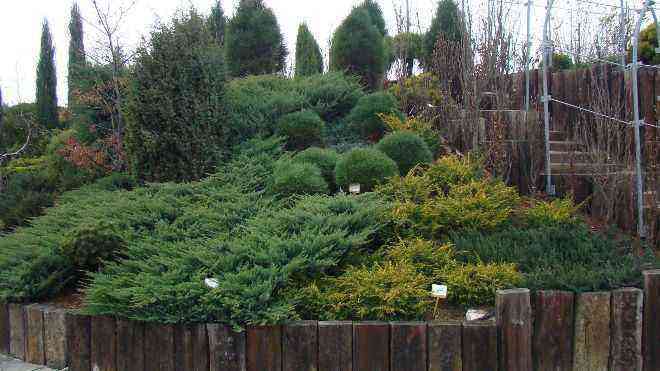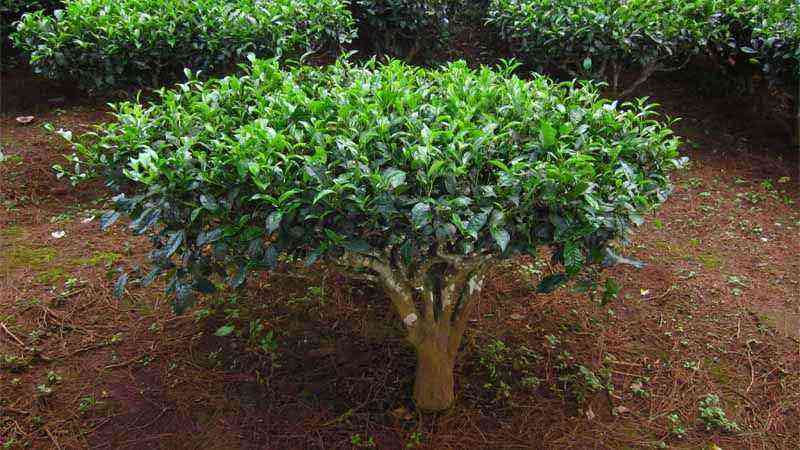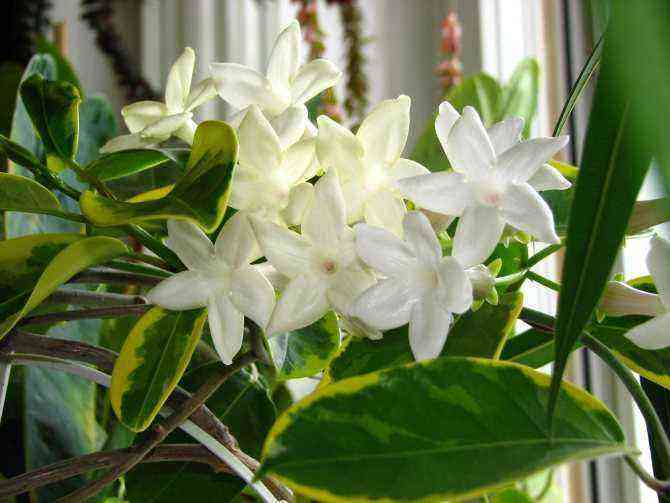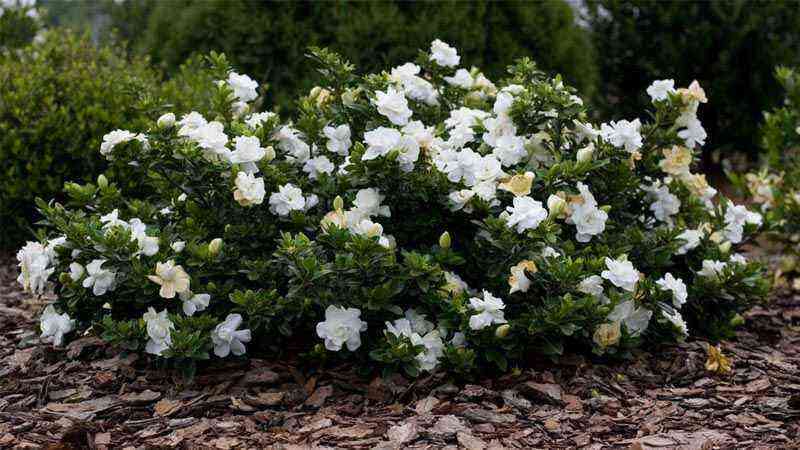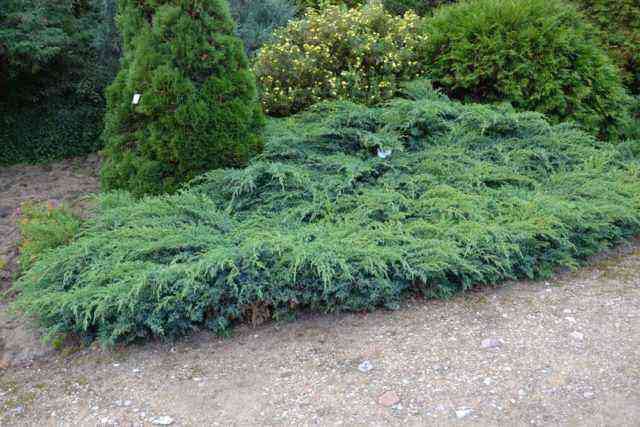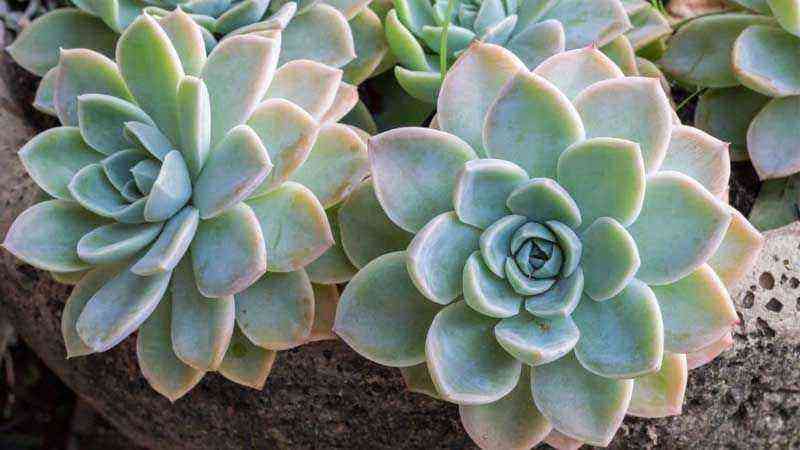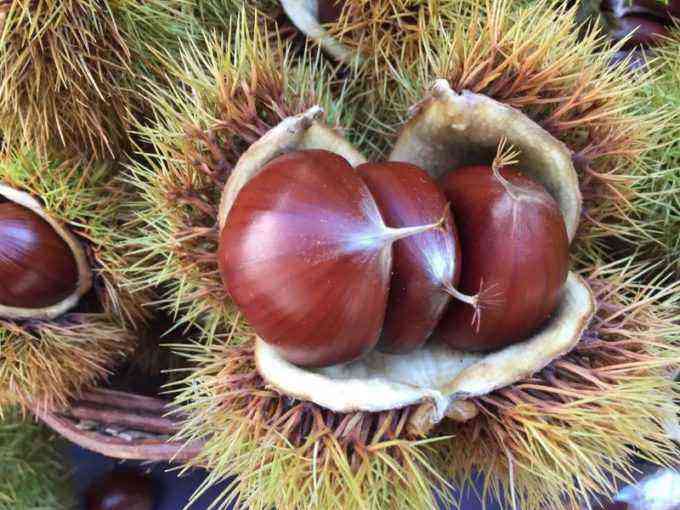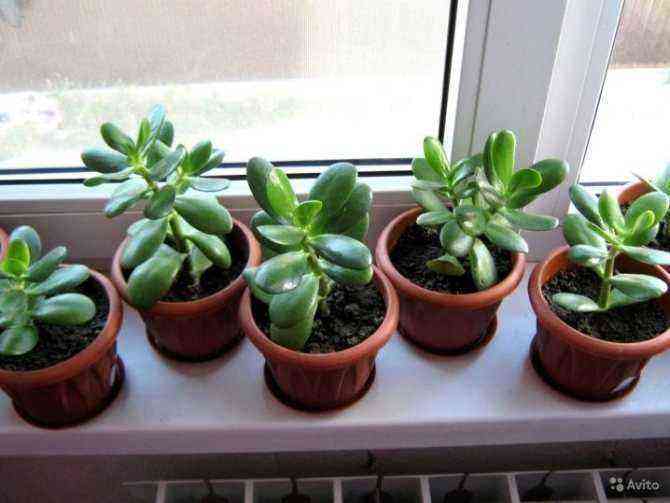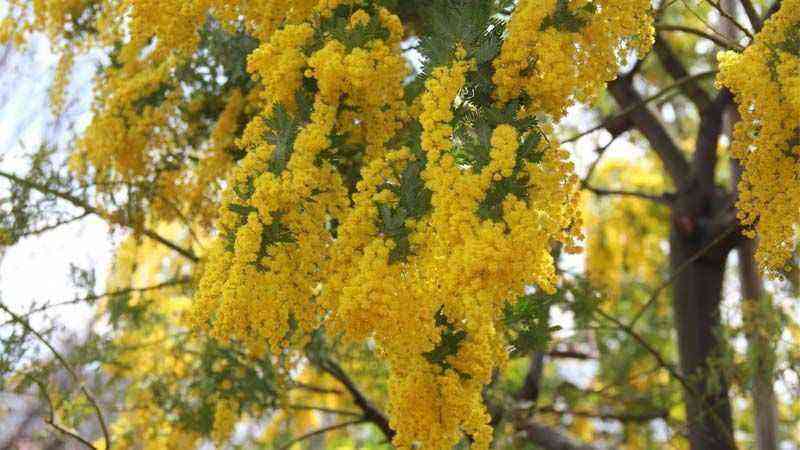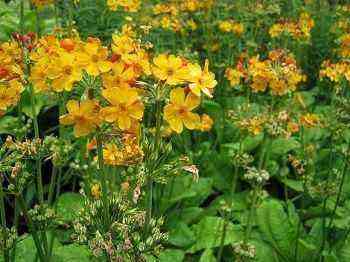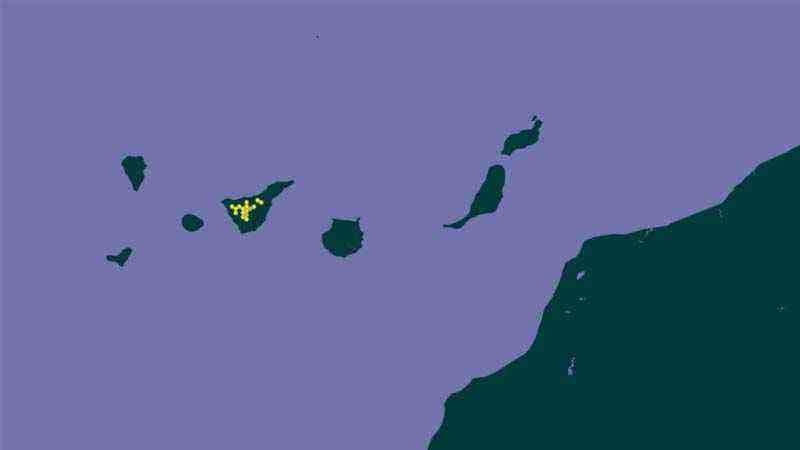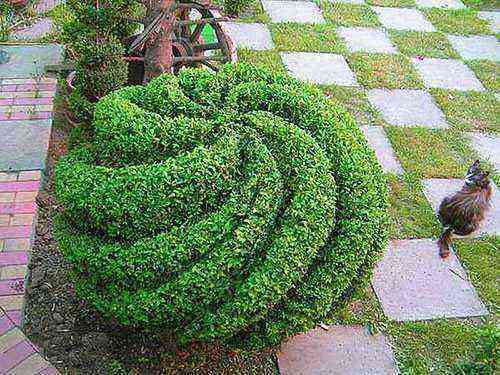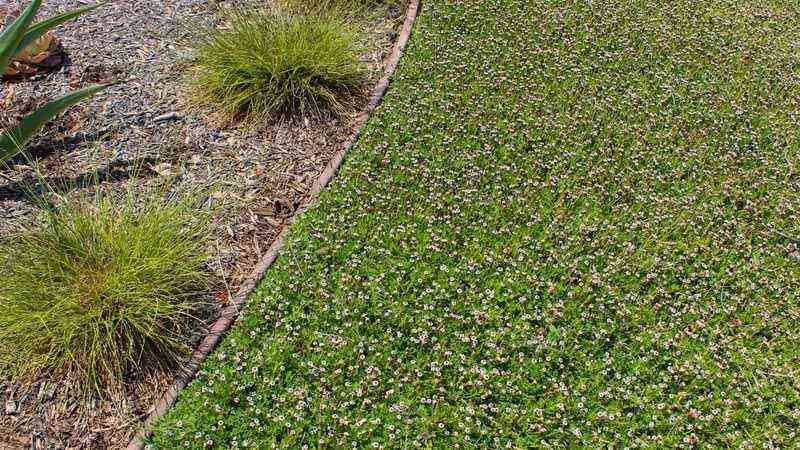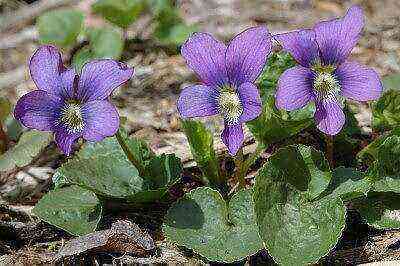In Agromática we usually write about guides, tips and ways to cultivate in the garden, the garden or indoors all kinds of plants and crops. This time we do not want to do that but to warn of the characteristics of this plant and why it should not be cultivated.
We are talking about an invasive species that we find in many Spanish coastal places.
What is cat’s clawCarpobrotus edulis)?
Cat’s claw is the common name for Carpobrotus edulis. There is another plant of Peruvian origin that is also called cat’s claw (Uncaria tomentosa) but it is not the one we are talking about today. To avoid confusion, the other plant known by this common name is Uncaria tomentosa.
El Carpogrotus edulis It is a plant of South African origin of the so-called succulents, with a fleshy leaf and a creeping bearing. The shape of its leaves are somewhat reminiscent of a claw, nail or finger and hence the common name.
Its maintenance is not easy, it is null
Before being considered an invasive species in Spain, cat’s claw was introduced, we believe, due to its showy flowers and most importantly, its zero maintenance. Being a succulent plant, long periods of drought are not a problem.
The soil does not limit it either because it grows even in the sand itself. Once planted, you forget about it until, without realizing it, you have everything invaded with cat’s claw. In dune systems on the beaches it is not difficult to find one of them.
What makes it invasive?
In Spain it is usually found in coastal areas near the beach or even on the beach itself. Tolerates extreme salinity conditions. It could be considered halophile.
Being of a creeping bearing and tolerating soils where other plants are difficult to maintain, the cat’s claw has an open field to expand at breakneck speeds and colonize everything that is put in front of it unceremoniously.
It can displace native species without blinking and when we want to realize it we will have a garden or territory invaded with this plant. Besides, the regrowth capacity of this species is exceptional making its eradication is much more complicated.
Examples of problems that this plant causes in Spain (especially in coastal areas) are reflected in news of different kinds. We can see an example in the links below.
We must also take into account that control and eradication costs they come out of taxes and represent a considerable amount. For this reason, from Agromática we encourage you to disseminate the list that the BOE publishes with the invasive species described in our country.
Knowing the species such as cat’s claw or others and avoiding their spread is the best way to achieve, if not eradicate them, at least control them as much as possible.
